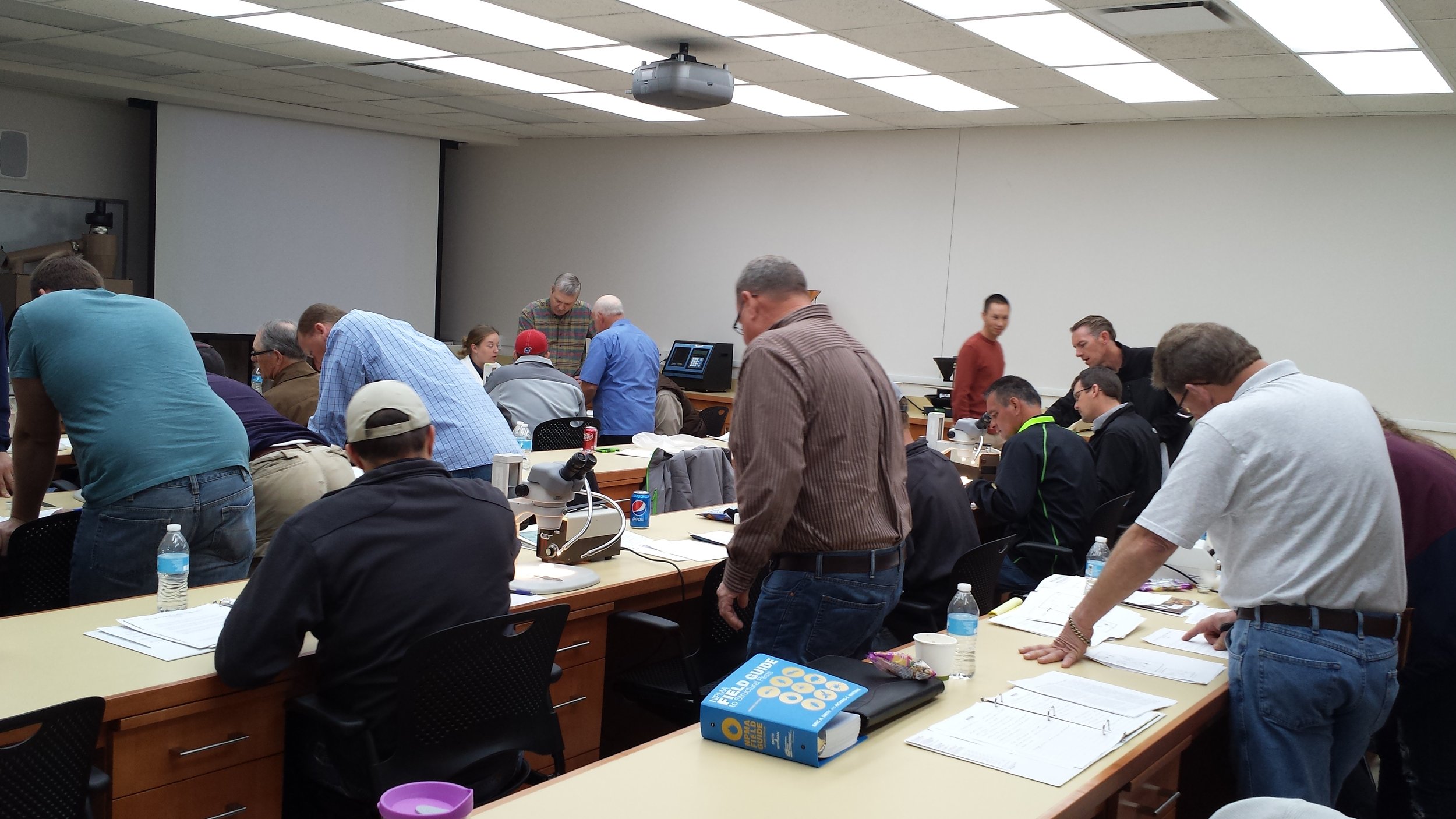Pestwise Fundamentals Explained
Pestwise Fundamentals Explained
Blog Article
Not known Incorrect Statements About Pestwise
Table of Contents5 Easy Facts About Pestwise DescribedFascination About PestwiseFacts About Pestwise RevealedThe smart Trick of Pestwise That Nobody is DiscussingPestwise - The FactsSome Ideas on Pestwise You Should KnowGetting My Pestwise To Work

Q. Specify "incorporated bug administration" (IPM) and list several possible control techniques that might be made use of in an IPM method. A. Integrated insect management is the incorporating of proper insect control tactics right into a solitary plan to lower bugs and their damage to an acceptable degree. Parasite control methods may consist of: host resistance, biological control, social control, mechanical control, cleanliness, and chemical (chemical) control.
5 Simple Techniques For Pestwise
What can you do to maintain the parasites you are trying to regulate from becoming resistant to the chemicals you use? A. Insect resistance can be lowered by utilizing incorporated parasite management and turning the kinds of pesticides utilized.
Parasites are an important threat to the farming service, and incorporated parasite management assists farmers address and mitigate these risks. Integrated bug management uses several approaches in complex, hence being an extra effective service to the problem. Pest Control Services. In specific, removing hostile chemical approaches enables minimizing harm to people and the environment by utilizing natural and safer choices instead
The Main Principles Of Pestwise
The objective of incorporated insect monitoring is to decrease this damage and control acceptable infestation degrees instead of remove all undesired populaces. This is why it is very important to comprehend what steps are warranted in each situation and use hostile ones just when other incorporated administration techniques do not work. Integrated management minimizes the unfavorable repercussions of a non-IPM method, and the main benefits of IPM Benefits of IPM.
A right understanding of the infestation extent figures out if the problem needs to be attended to. are the next elements of an IPM program since it is very important to understand if the organisms make possible risks and select the integrated monitoring options or the details pesticide usage. plan to decrease problems by applying various agronomic strategies.
A Biased View of Pestwise
if avoidance was ineffective. Integrated administration alternatives in an IPM program start with much safer to a lot more hostile ones. For example, target or broadcast chemical spraying might comply with hand-operated elimination or capturing that hasn't helped. Those incorporated management elements help recognize exactly how to plan and implement an IPM program action by action: Monitor your plants frequently.

Among others, IPM cultural approaches include the adhering to field monitoring techniques: dirt treatment; choice of suitable plants; crop turning; interplanting or strip chopping; selection of planting days; weed control; usage of trap plants. Favorable soil problems speed up plant growth, and energetic plants are a lot more immune to infestations. Healthy and balanced seedlings and seeds determine successful crop growth, so it is important to select pest-free growing material with solid roots.
Therefore, to name a few applications, plant rotation can be successfully used as an integrated parasite management approach. Pests spread out slower if rows of various crop types separate their host plants in intercropping or strip chopping, which is additionally used in the integrated bug monitoring system. Conversely, infestations boost when plants of the very same plant kind or family grow together.
, as well as tomatoes. Planting trap plants in patches is another option for IPM intercropping. This integrated pest monitoring approach recommends drawing in insects to particular plants and then controlling them with chemical or mechanical techniques.
The 20-Second Trick For Pestwise
Obstacles are common instances of physical IPM approaches. Let's take a closer consider them. Eliminating or picking bugs out manually is a time and labor-consuming alternative that is widely used in integrated monitoring and natural farming. Fully grown bugs or their eggs and larvae are accumulated by hand and ruined.

Division of Plant Sciences. University of Missouri. Dirt solarization is a reliable incorporated administration strategy to sanitize the area by heating it in a natural means. This integrated administration approach implies an usual way of ruining bugs by predators, parasitoids, virus, and other organic control representatives (aka antagonistic microorganisms). The role of biological control in IPM is to.
Not known Factual Statements About Pestwise
With time, their populace turned out to be a genuine hassle to farmers alongside native kangaroos or dingoes. The walking stick toad is one more situation showing integrated biological control failing in this respect when it rejected to quest the target types and ended up being an insect itself. Parasitoids develop on or within their hosts to eventually kill them after growing.
Report this page